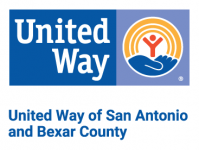What’s happening at this age?
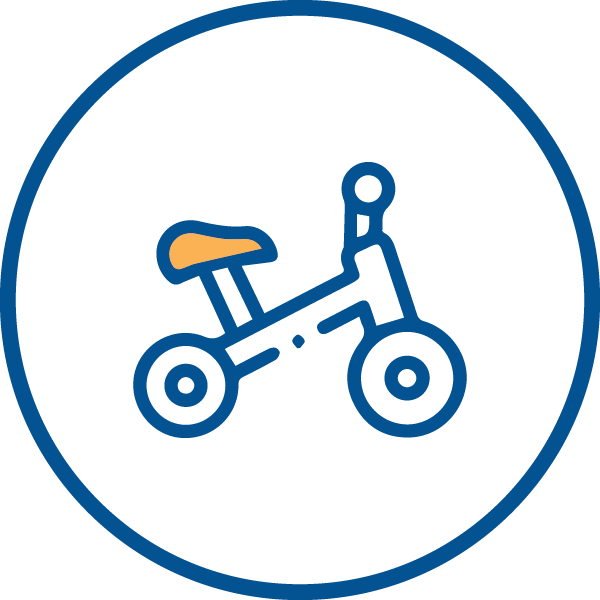
According to the American Academy of Pediatrics, the time between the ages of 4 and 5 marks your child’s transition from a toddler to a preschooler.
- While their physical growth and motor skills might still be slow to development, you can expect to see some great intellectual, social and emotional changes.
- Your child’s creativity will soar and they will engage in more make-believe play. Reading fosters a healthy imagination.
- Your child will become more social. Encourage turn-taking games while they enjoy playing with other children.
- As your child’s physical activity increases, encourage creative play, inside and outside.
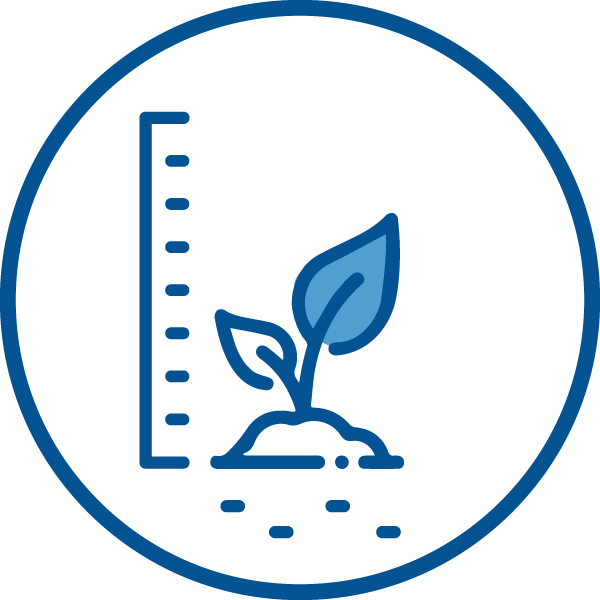
Major Milestones
Below are lists of developmental milestones – things that most children can do at these ages – as well as signs of possible developmental delays at this age according to the Centers for Disease Control and Prevention.
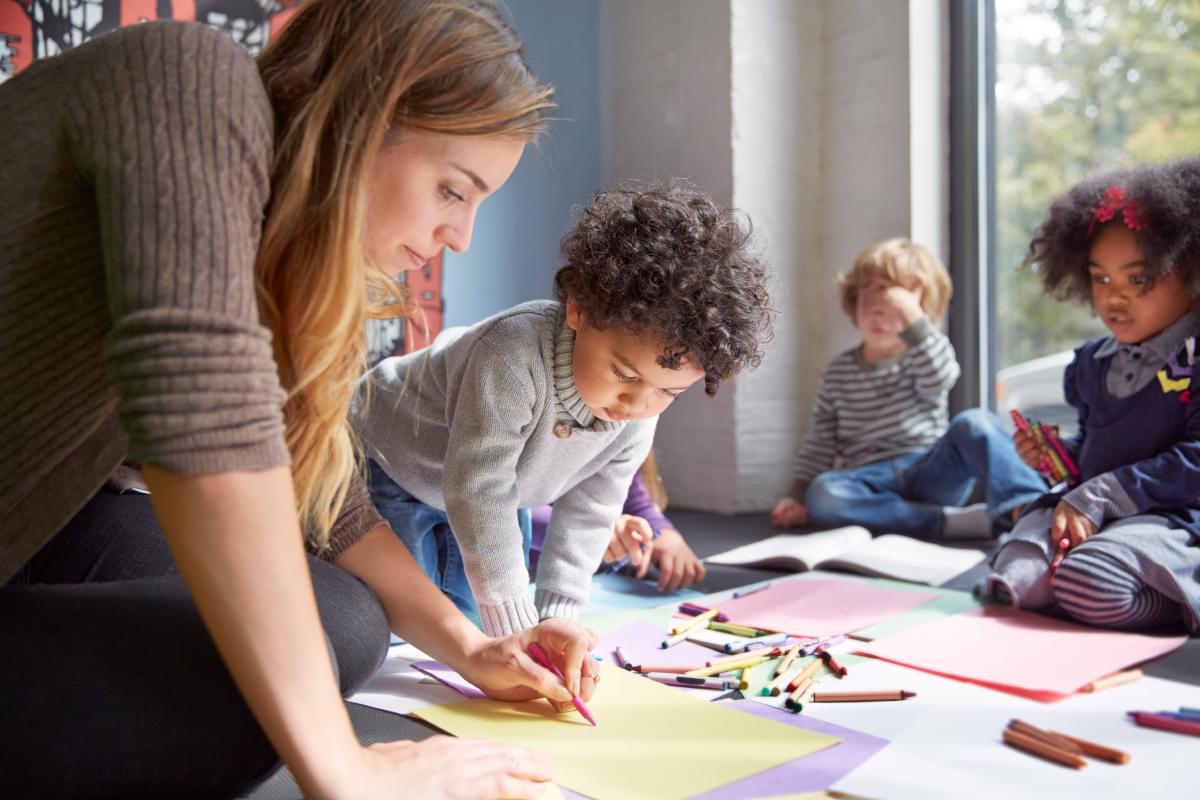
4 Years
- Enjoys doing new things
- Plays “Mom” and “Dad”
- Is more and more creative with make-believe play
- Would rather play with other children than by themselves
- Cooperates with other children
- Often can’t tell what’s real and what’s make-believe
- Talks about what they like and what they are interested in
Language/Communication
- Knows some basic rules of grammar, such as correctly using “he” and “she”
- Sings a song or says a poem from memory such as the “Itsy Bitsy Spider” or the “Wheels on the Bus”
- Tells stories
- Can say first and last name
Cognitive (learning, thinking, problem-solving)
- Names some colors and some numbers
- Understands the idea of counting
- Starts to understand time
- Remembers parts of a story
- Understands the idea of “same” and “different”
- Draws a person with 2 to 4 body parts
- Uses scissors
- Starts to copy some capital letters
- Plays board or card games
- Tells you what they think is going to happen next in a book
Movement/Physical Development
- Hops and stands on one foot up to 2 seconds
- Catches a bounced ball most of the time
- Pours, cuts with supervision, and mashes own food
Act early by talking to your child’s doctor if your child:
- Can’t jump in place
- Has trouble scribbling
- Shows no interest in interactive games or make-believe
- Ignores other children or doesn’t respond to people outside the family
- Resists dressing, sleeping, and using the toilet
- Can’t retell a favorite story
- Doesn’t follow 3-part commands
- Doesn’t understand “same” and “different”
- Doesn’t use “me” and “you” correctly
- Speaks unclearly
- Loses skills they once had
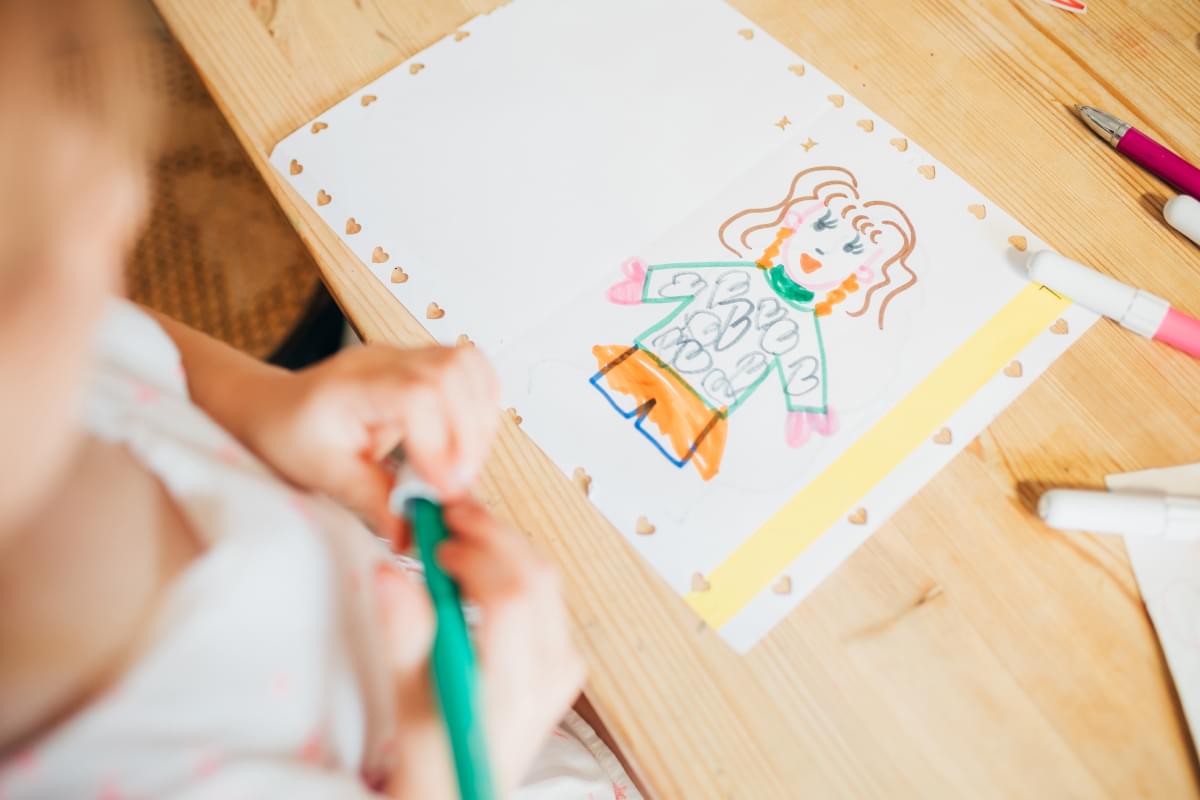
5 Years
- Wants to please friends
- Wants to be like friends
- More likely to agree with rules
- Likes to sing, dance, and act
- Is aware of gender
- Can tell what’s real and what’s make-believe
- Shows more independence (for example, may visit a next-door neighbor by himself [adult supervision is still needed])
- Is sometimes demanding and sometimes very cooperative
Language/Communication
- Speaks very clearly
- Tells a simple story using full sentences
- Uses future tense; for example, “Grandma will be here.”
- Says name and address
Cognitive (learning, thinking, problem-solving)
- Counts 10 or more things
- Can draw a person with at least 6 body parts
- Can print some letters or numbers
- Copies a triangle and other geometric shapes
- Knows about things used every day, like money and food
Movement/Physical Development
- Stands on one foot for 10 seconds or longer
- Hops; may be able to skip
- Can do a somersault
- Uses a fork and spoon and sometimes a table knife
- Can use the toilet on their own
- Swings and climbs
Act early by talking to your child’s doctor if your child:
- Doesn’t show a wide range of emotions
- Shows extreme behavior (unusually fearful, aggressive, shy or sad)
- Unusually withdrawn and not active
- Is easily distracted, has trouble focusing on one activity for more than 5 minutes
- Doesn’t respond to people, or responds only superficially
- Can’t tell what’s real and what’s make-believe
- Doesn’t play a variety of games and activities
- Can’t give first and last name
- Doesn’t use plurals or past tense properly
- Doesn’t talk about daily activities or experiences
- Doesn’t draw pictures
- Can’t brush teeth, wash and dry hands, or get undressed without help
- Loses skills they once had
To download the full checklist of developmental milestone from ages 2 months to 5 years old and delays to look out for, click here.
Or download the Milestone Tracker mobile app.
Delays
What if I notice a delay?
If you are concerned about any developmental delays your child may be experiencing, ask your child’s doctor or nurse, or talk with someone in your community who is familiar with services for infants and toddlers in your area.
Screenings
How important are regular screenings?
The checklists you find here are not a substitute for standardized, validated developmental screening tools such as those that might be administered by your child’s doctor. Ask your child’s doctor about his or her developmental screening.

